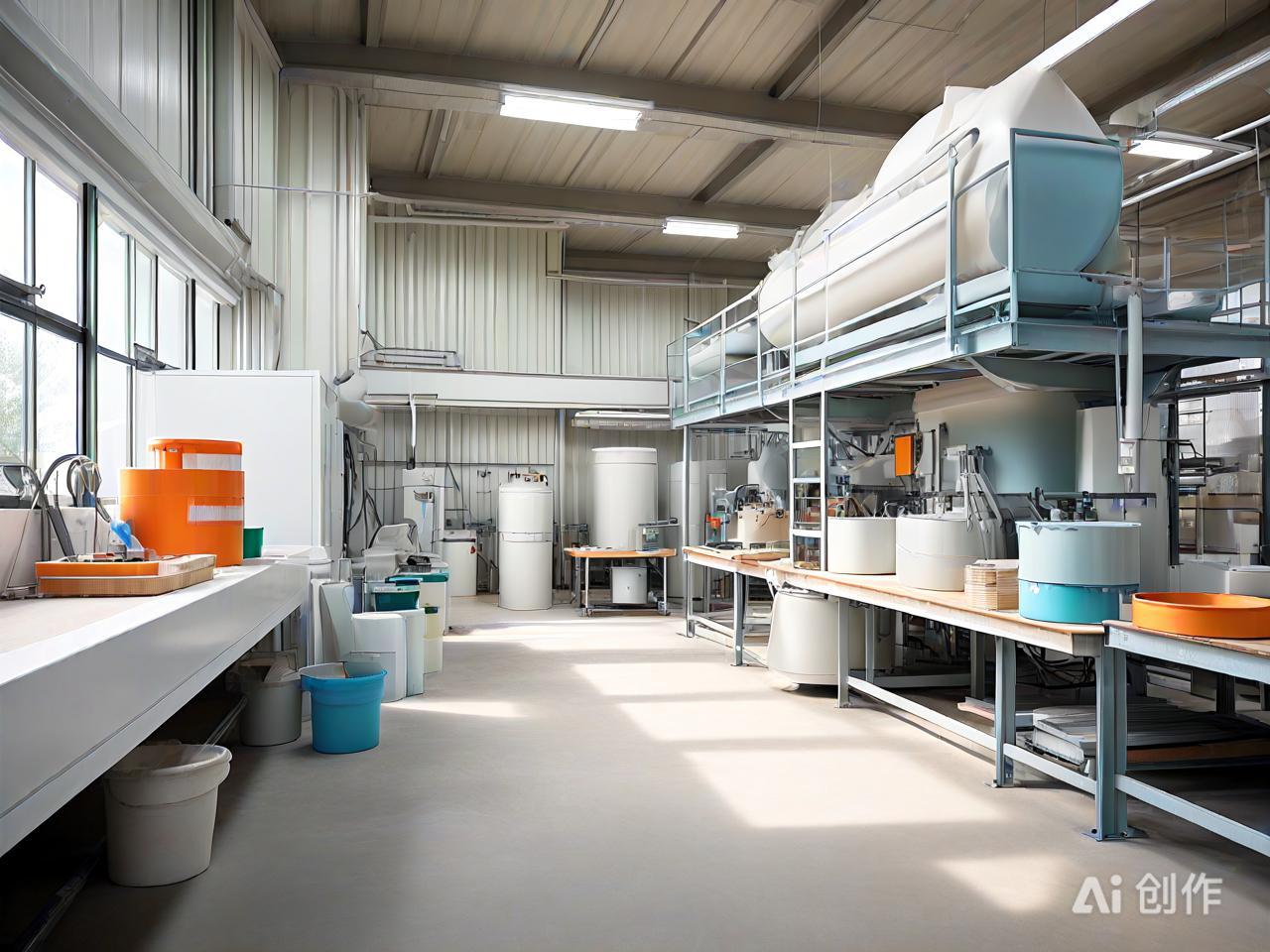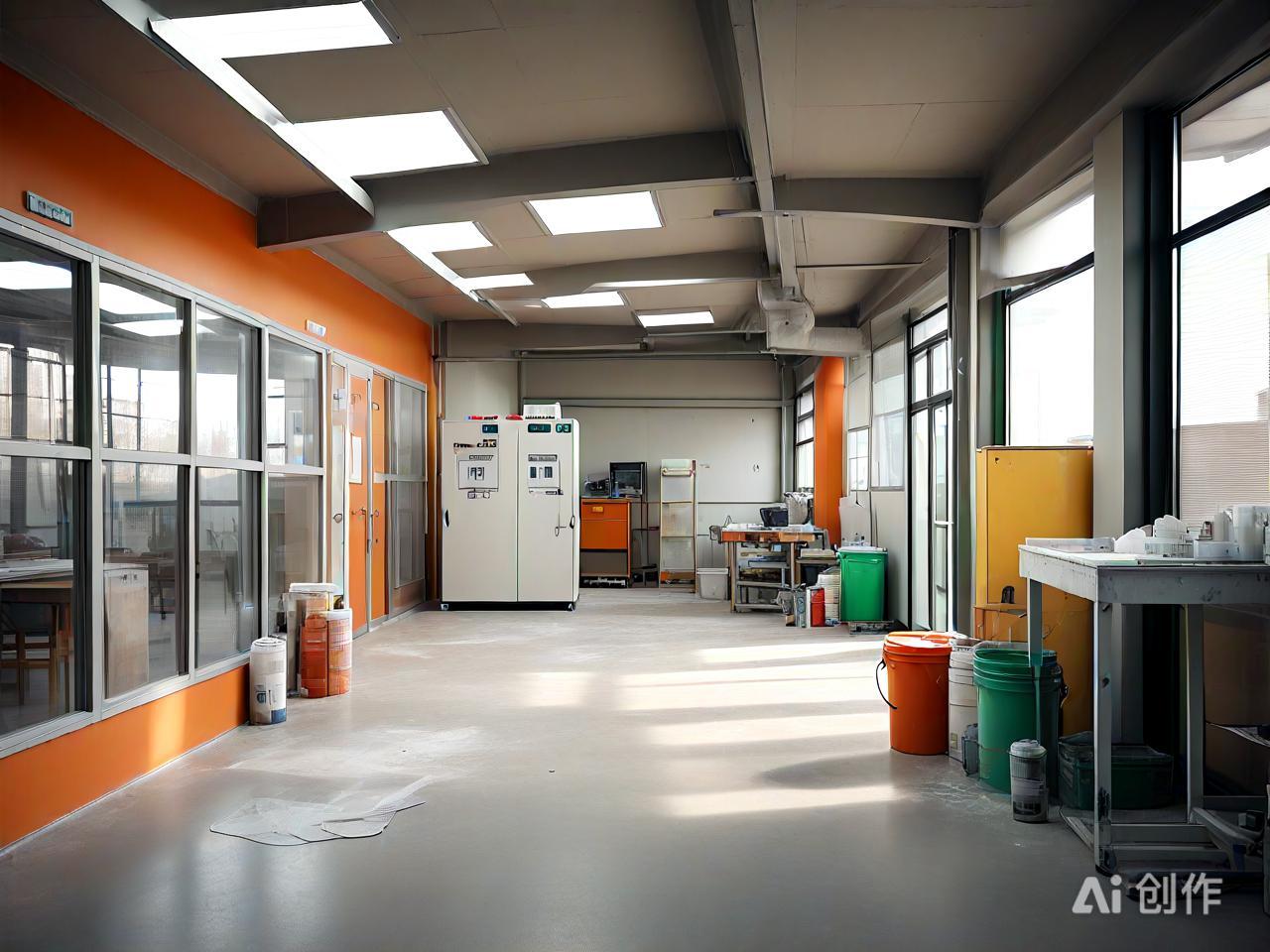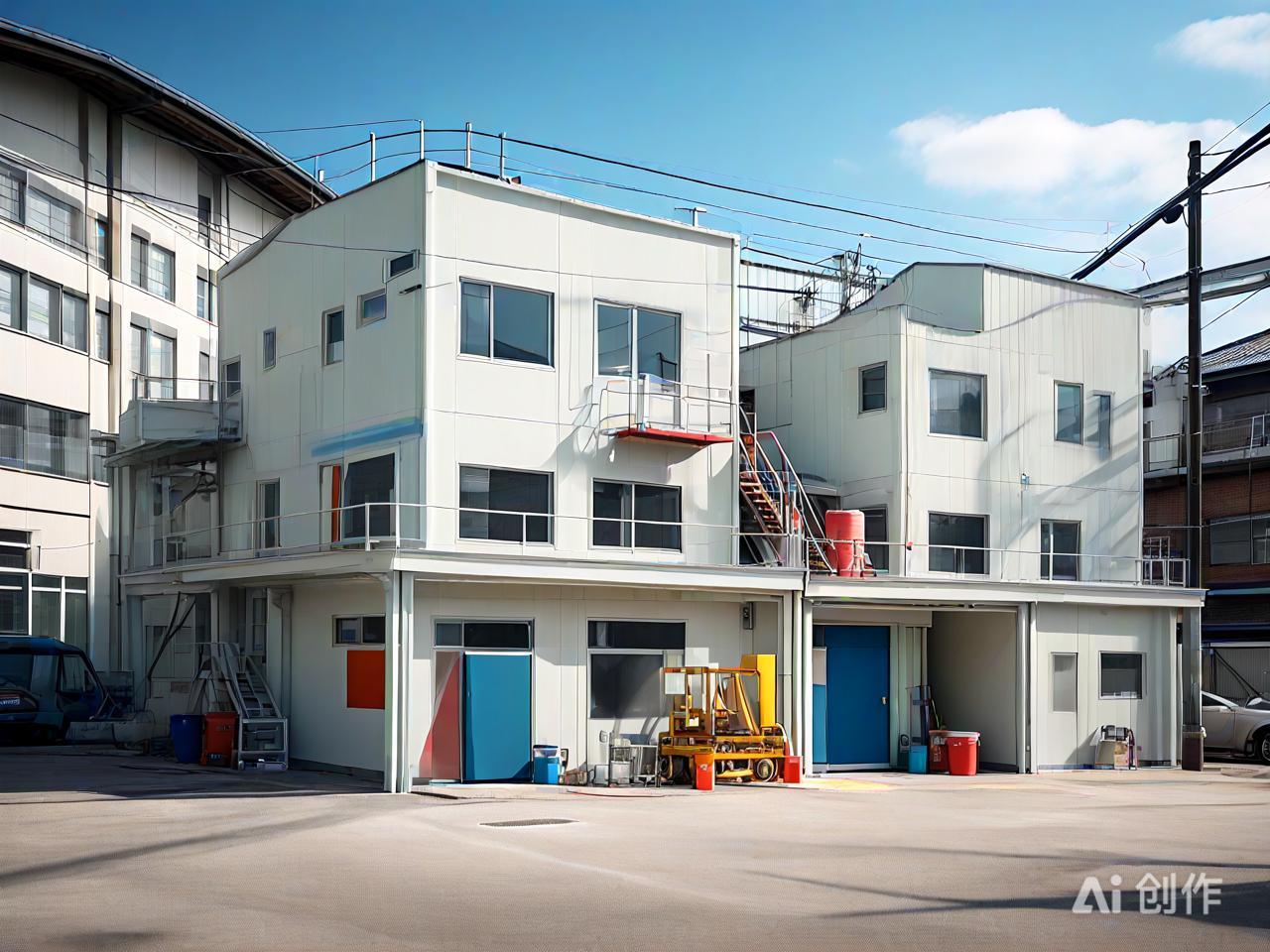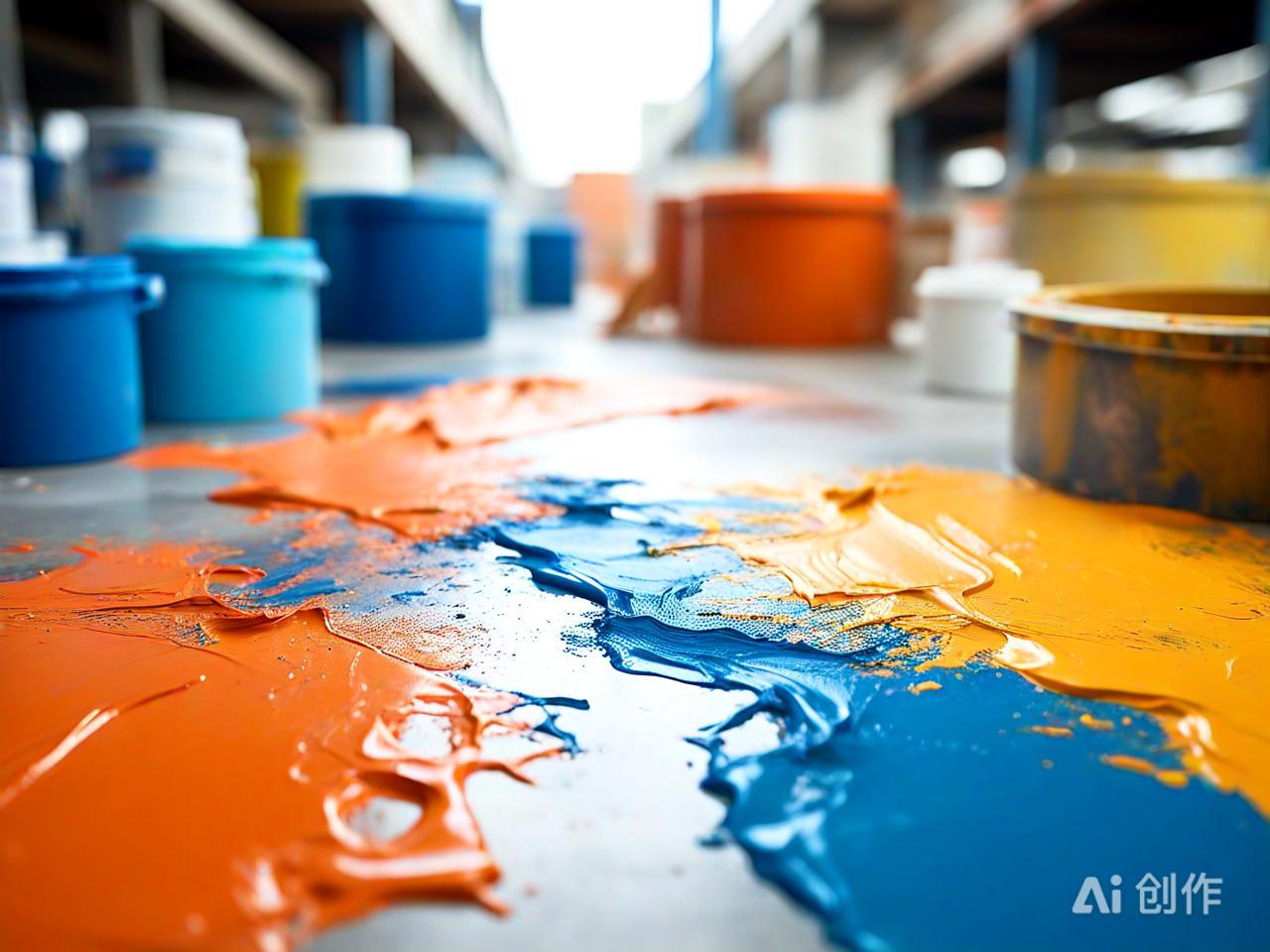Effective Methods for Applying Fireproof Coatings to Steel Structures
Fireproof coatings are essential for protecting steel structures from the devastating effects of fire. These coatings provide a critical barrier that delays the temperature rise in steel, maintaining structural integrity and ensuring the safety of occupants. This article outlines the most effective methods for applying fireproof coatings to steel structures, ensuring optimal performance and longevity.
1. Surface Preparation
Proper surface preparation is crucial for the effective application of fireproof coatings. Follow these steps:
Cleaning: Thoroughly clean the steel surface to remove dirt, grease, rust, and any contaminants. Use methods such as sandblasting, wire brushing, or chemical cleaning.
Priming: Apply a suitable primer to enhance adhesion and provide a uniform base for the fireproof coating. Ensure the primer is compatible with the fireproof coating.
2. Application Methods
There are several methods for applying fireproof coatings to steel structures, each with its own advantages:
Spraying:
Equipment: Use airless spray equipment for even and efficient application.
Technique: Hold the spray gun at a consistent distance from the surface and move it in a steady, overlapping pattern to ensure complete coverage.
Advantages: Fast and efficient, suitable for large areas and complex shapes.
Brushing/Rolling:
Tools: Use high-quality brushes or rollers designed for fireproof coatings.
Technique: Apply the coating in smooth, even strokes, avoiding brush marks or roller streaks.
Advantages: Suitable for small areas, touch-ups, and detailed work.
Troweling:
Tools: Use a trowel for applying thicker coatings or for specific textures.
Technique: Spread the coating evenly with a trowel, ensuring consistent thickness.
Advantages: Ideal for achieving specific textures or thicker layers.
3. Coating Application
Follow these steps for effective coating application:
First Coat: Apply the first coat of fireproof coating evenly, ensuring complete coverage. Follow the manufacturer’s recommended thickness.
Drying Time: Allow the first coat to dry completely before applying the next coat. Drying time can vary based on temperature and humidity.
Subsequent Coats: Apply additional coats as needed to achieve the required thickness and fire resistance rating. Ensure each coat is dry before applying the next.
4. Quality Control
Ensuring the quality of the application is critical for the effectiveness of the fireproof coating:
Thickness Measurement: Use a wet film thickness gauge to measure the coating thickness during application. Ensure it meets the specified requirements.
Inspection: Regularly inspect the coated surface for uniformity, adhesion, and any defects. Address any issues promptly.
5. Best Practices for Fireproof Coating Application
Follow Manufacturer’s Instructions: Adhere to the manufacturer’s guidelines for mixing, application, and drying times to ensure optimal performance.
Environmental Conditions: Apply the coating in suitable weather conditions, avoiding extreme temperatures, high humidity, or direct sunlight.
Safety Precautions: Wear appropriate protective gear, such as gloves, masks, and goggles, during application. Ensure proper ventilation in enclosed spaces.
Training: Ensure that applicators are trained and experienced in applying fireproof coatings to achieve the best results.
6. Maintenance and Inspection
Regular maintenance and inspection are essential to maintain the effectiveness of the fireproof coating:
Regular Inspection: Periodically inspect the coated surfaces for signs of wear, damage, or degradation. Address any issues promptly to maintain the coating’s effectiveness.
Cleaning: Clean the coated surfaces regularly to remove dirt and debris that can affect the coating’s performance.
Recoating: Recoat the surfaces as needed, following the manufacturer’s recommendations. Regular recoating ensures continuous protection and extends the coating’s lifespan.
Conclusion
Applying fireproof coatings to steel structures is a critical step in enhancing fire safety and protecting buildings from the devastating effects of fire. By following proper application techniques and best practices, you can ensure the effectiveness and longevity of the fireproof coating. Invest in high-quality fireproof coatings and professional application to safeguard your steel structures and ensure the safety of occupants.









